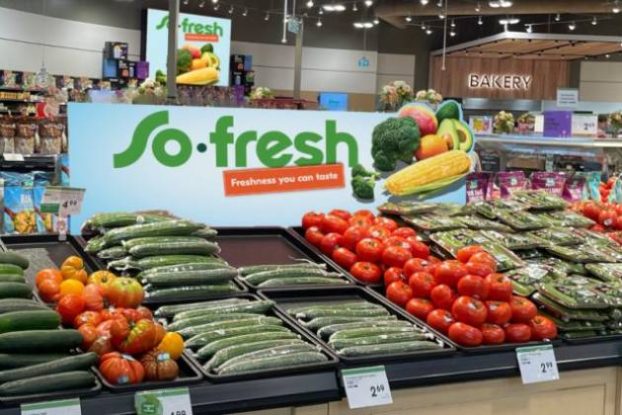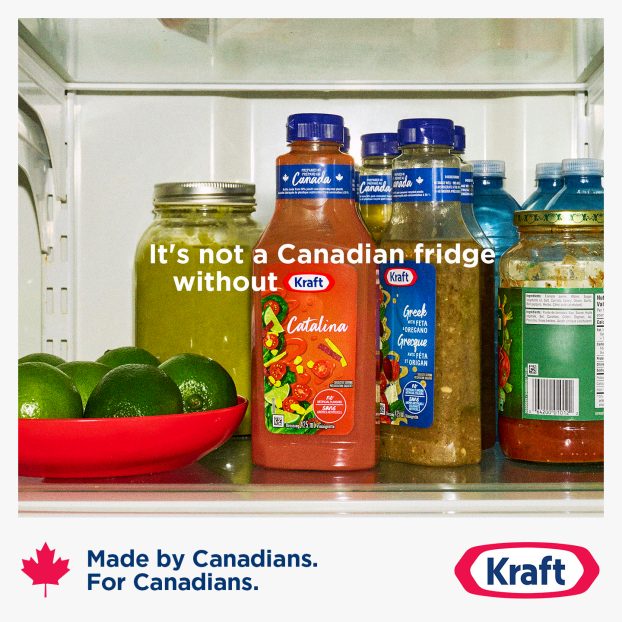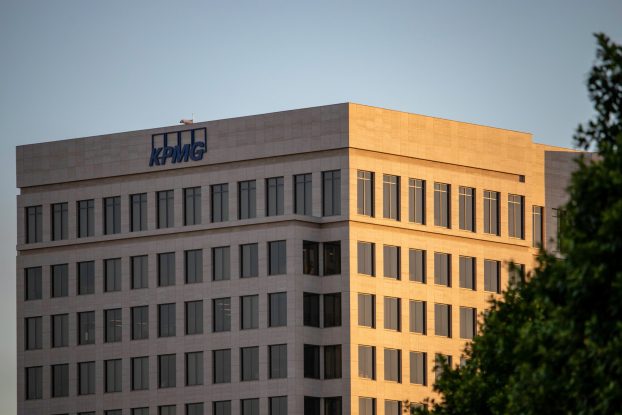Uber Direct, the ridesharing company’s retail delivery service, is coming to Canada, and it has partnered with Bond Brand Loyalty to shake up the purchase and redemption experience that comes with quicker drop-offs.
Uber Direct first launched in select markets in the spring, allowing a network of Uber drivers to move goods within a company’s supply chain, whether that meant between locations or into the hands of customers. It built on the company’s push into convenience and grocery, giving retailers in other categories – like fashion and pet supplies – to provide same-day delivery.
Along with the Connect person-to-person parcel service, which was tested in Canadian cities in May, Direct provided the company with a revenue source after taking massive hits to its ride-sharing business during COVID.
Retailers and manufacturers in Canada can now leverage Uber’s technology as an operationally efficient way to move goods quickly, meeting increased expectations for same-delay delivery, which, according to Bond’s insights, is highly correlated to brand loyalty: nearly three-quarters (74%) of consumers surveyed report same-day delivery increases their brand loyalty.
And for the Canadian expansion, Bond has added another service for retailers: the delivery of items that are featured in their loyalty program’s rewards catalog. For programs that offer rewards in the form of products, such as bank rewards credit cards or coalition loyalty programs, members can now get those rewards in a matter of hours, instead of a week or more by courier or mail.
Sean Claessen, chief strategy officer with Bond Brand Loyalty, says the proof of concept for its new service with Uber was met with “massive” net promoter scores, with respondents pleased to be getting items shipped to them so much quicker. Claessen says the partnership with Uber was in the works just prior to COVID’s onset, but the pandemic drove demand, and already-high expectations for same day delivery will remain high during the holiday season.
Loyalty business models are maturing and becoming more sophisticated, Claessen says, adding that now is a massive time of brand reinvention, which he categorizes as “a contact sport in a contactless world.” Bond saw the addition of same-day delivery drove an uptick in redemptions when testing the service, and an ability to convert points from other programs into promo codes for things like Uber was up 11%.
When it comes to categories, Claessen says the loyalty deliver service resonates particularly well for small electronics like iPods and AirPods, as well as – perhaps counterintuitively – gift cards.
“There are a lot of large retailers for whom physical cards are a big gift…and so, in a strange way, we are taking digital money of points, putting it in a plastic form, putting it in a car, and giving it back someone to convert back into digital money,” Claessen says, but he adds that physical gift cards represent a big practical need for consumers and are a sought after redemption format in loyalty.
“We are all waiting for doorbells or concierge notifications in the bottom of condos,” he says. “When so much is out of reach it feels like the tangibility of things is more satisfying than normal.” The longer the pandemic lasts, he says, the less likely these sentiments will go away, and this has implications for in-store or curbside pick-up models for online purchases.
“Drivers passing by storefronts are now basically picking up in store on your behalf, without you ever having to the leave the home…Uber and others are going to start attaching themselves to ecommerce flows of every retailer on the planet,” he says, pointing to how CPG companies have been imagining themselves in a more DTC way, even if they are only “renting” the infrastructure from companies like Uber.
























